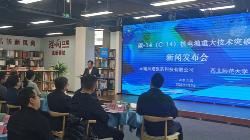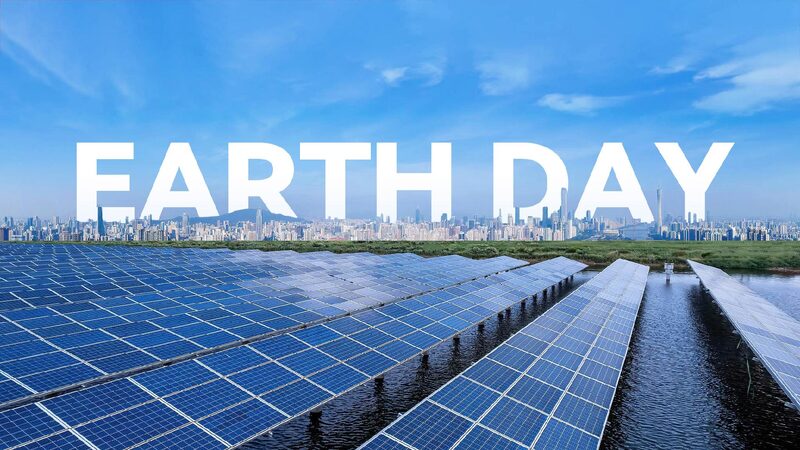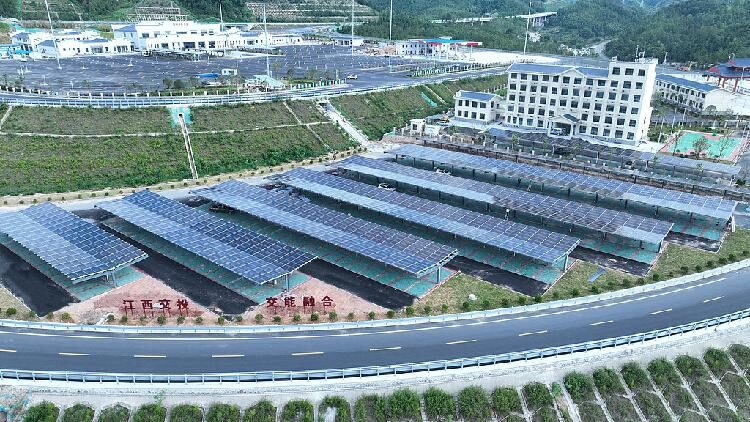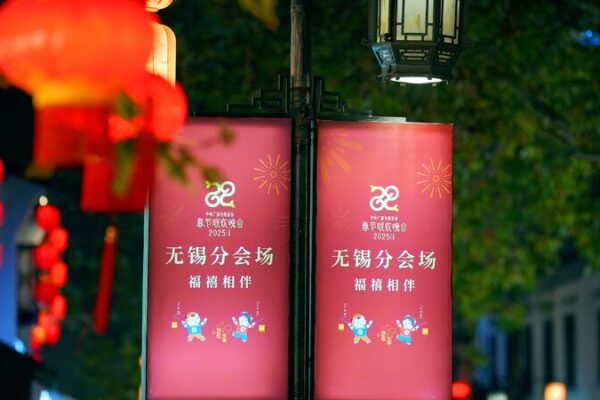A Chinese company has unveiled an ultra-long-life nuclear battery prototype named Zhulong-1, marking a significant step forward in clean energy technology. Wuxi Beita Pharmatech Co., Ltd., based in Jiangsu Province, developed the battery in collaboration with Northwest Normal University in Gansu Province.
The Zhulong-1 battery utilizes carbon-14 (C-14), a radioactive isotope with a half-life of 5,730 years, paired with a silicon-carbide (SiC) semiconductor to generate power. As C-14 decays, it emits beta particles that interact with the semiconductor, producing a steady flow of electrons.
“Our core innovation lies in harnessing the long half-life of carbon-14 to create a stable and enduring power source,” said Zhang Guanghui, the technology leader of the project from Northwest Normal University. This breakthrough addresses technical challenges related to energy conversion efficiency and device stability.
In demonstrations, a Zhulong-1-powered LED operated flawlessly for nearly four months, completing over 35,000 pulsed flashes. The battery also successfully powered a Bluetooth chip, transmitting and receiving wireless signals.
The battery boasts an energy density ten times higher than commercial lithium-ion batteries and a degradation rate of less than 5% over a designed lifespan of 50 years. It operates reliably in temperatures ranging from minus 100 degrees Celsius to 200 degrees Celsius.
The name Zhulong, inspired by a mythical Chinese dragon deity symbolizing eternal light and energy, reflects both the cultural heritage and the battery’s enduring characteristics. “We aim to integrate rich Chinese culture with cutting-edge technology,” said Cai Dinglong, head of the battery project.
The potential applications for the C-14 nuclear battery are vast, including powering medical devices like cardiac pacemakers and supporting sensors in the Internet of Things. It could also provide maintenance-free power in extreme environments such as deep oceans, polar regions, or for space exploration missions to the moon and Mars.
The research team is already working on a second-generation model, Zhulong-2, which is expected to be the size of a coin. “We’re focusing on reducing production costs and making the battery more compact,” Cai added. The release of Zhulong-2 is anticipated by the end of this year or early next year.
Reference(s):
Chinese company develops nuclear battery with ultra-long lifespan
cgtn.com








